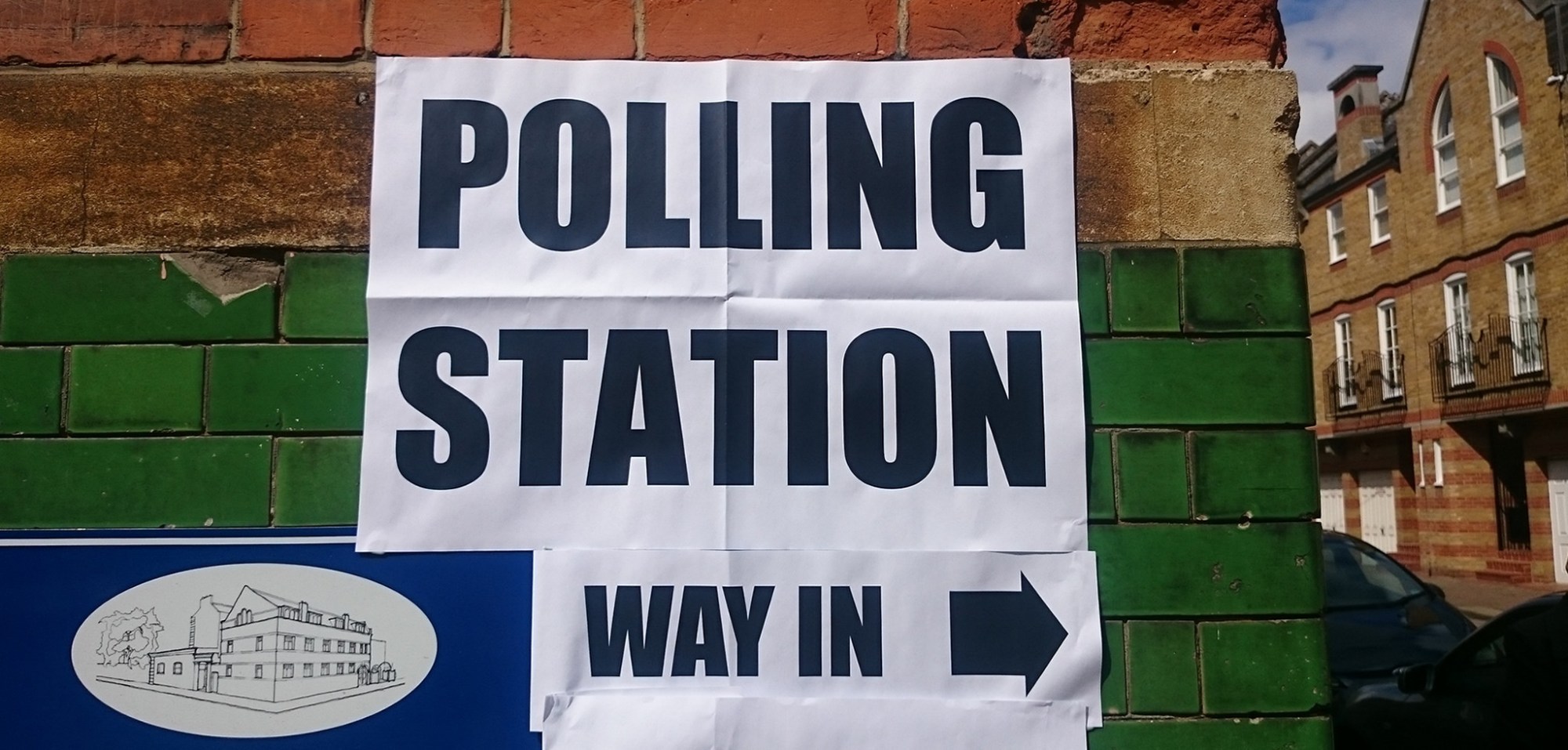Today, Londoners decide who will replace Boris as the city’s mayor. There are 12 candidates standing but only two with a decent shot at getting into City Hall. Zac Goldsmith is the Tories’ man. Currently MP for Richmond Park and North Kingston, he is the brother of Jemima Khan and inherited an estimated £250m fortune from his banking family. Meanwhile, Sadiq Khan, Labour’s candidate, grew up in Tooting, the constituency for which he is now MP, and prides himself on being the son of a bus driver. But you should judge them on policy, not personality, where they are going, not where they’ve come from. Here’s a run-through of where they both stand on the major issues that affect young Londoners – and what our city might look like with them in charge.
Housing
Housing comes out top on Londoners’ list of political priorities. There is an unprecedented shortage of homes in the capital as new houses are not being built fast enough and the population is skyrocketing. This has pushed the cost of an average terraced house up to £569,000, even though a recent survey found Londoners felt £208,000 to be an ‘affordable’ price. Housing is an issue that disproportionately affects the young — they’ve even dubbed us ‘generation rent’. Those working in the notoriously underpaid fashion and arts sectors are at the very bottom of the pile — unless they can call on the bank of mum and dad. As well as providing a roof over your head, bricks and mortar are increasingly expected to perform the function of a pension — to provide a financial cushion when we stop working. All of this can feed into a mind-muddling anxiety. We feel that, as we’ve been dropping coins into our penny jar, the cost of rent or a deposit has zoomed off and left us in the dust. Sadiq has said he’ll build 80,000 new homes a year, while Zac has promised 50,000 — both will be a big improvement on the 24,620 homes built last year. But as Boris found, getting the developers to build at a decent rate can prove tricky.
Gentrification
A central element of the housing crisis. Sadiq has talked tough against the developers for a while now. He says he will only let a project go ahead if half the accommodation that it provides is affordable. He’ll also give more say to communities about what gets built in their areas and open up the city’s brownfield sites for developers. This should ease the speed at which long-term residents are swept aside when their neighbourhood becomes desirable. Zac says he feels strongly about the importance of including space for start-ups and creatives within new developments, to accommodate artistic communities. He also promised more affordable housing in his manifesto, but nothing anywhere near as extensive or specific as Sadiq’s pledge.
Employment
London has fared particularly well since the 2008 crash when it comes to employment prospects. The abundance of easily-available work is shown by the large numbers of young people who flood to the capital from other European cities. In parts of Southern Europe, youth unemployment stands at over 50 per cent. The candidates each have a headline-grabbing populist policy: Sadiq backs a £10-an-hour living wage while Zac has pledged to create 500,000 new jobs. Really though, there are deeper issues at play. Employment rates differ in different communities — last year there was a 50 per cent rise in long-term unemployment among ethnic communities nationally. There are also questions over the type of work on offer. Do we all want to work in a cafe or clothes shop? To support a varied range of skilled job opportunities, education and training is key. Because of his pledge to spend more on public services across the board, Sadiq scores well here.
Public Transport
This is an important one, of course. A typical young Londoner has three regular outgoings: rent, phone bill and Oyster card. Zac has said he’ll make it tougher for the unions to strike and increase the presence of British Transport Police. Meanwhile, Sadiq has promised to freeze TFL fares for the next four years. This is a bold promise that has proved controversial — his critics say it is uncosted and will leave a black hole in the city’s finances.
The Arts
It’s impossible to overstate the debt that this city owes to its artistic communities. The rich, textured identity of London comes in large part from the writers, musicians, designers, dancers, artists and photographers who’ve made it home over the years, choosing to add to its story. The decision of Tony Blair’s Labour government to allow free entry to all publicly-funded museums also transformed the city. Internationally, it is now rightly seen as a cultural super-hub. Despite the force of gentrification, there are still pockets of creativity that thrive across the city. Sadiq has promised to build new workspaces with live-in space to help young creatives starting off. He’s also pledged to protect the city’s pubs and music venues, as well as its libraries, communities centres and smaller arts venues. And Zac? He put it succinctly himself: “I don’t have a specific arts policy.” Erm, ok.
Conclusion
Labour is the natural party for young people to vote for. Labour’s focus on providing basic protections to all affords the space and security needed for those working out who they are and what they do. Indeed, Sadiq came out top in a recent poll on all of the above issues. If you haven’t already, get out and vote – then keep your fingers crossed that we wake up tomorrow in a London that’s been painted red.
Credits
Text Oscar Quine
Photography Descrier
